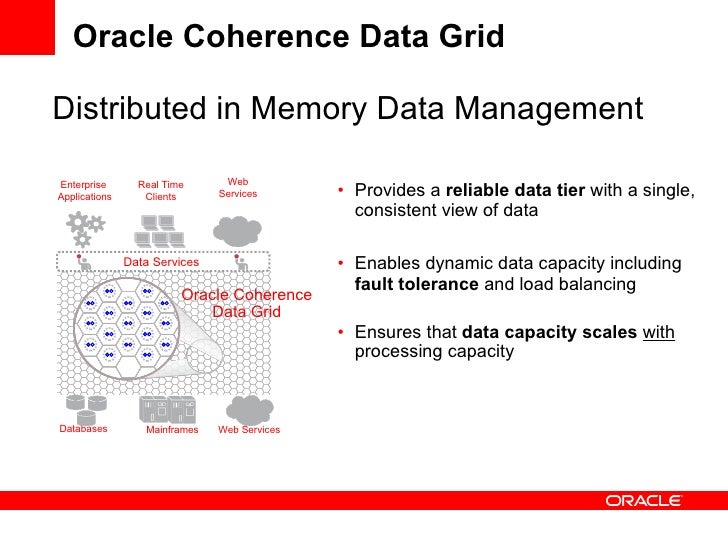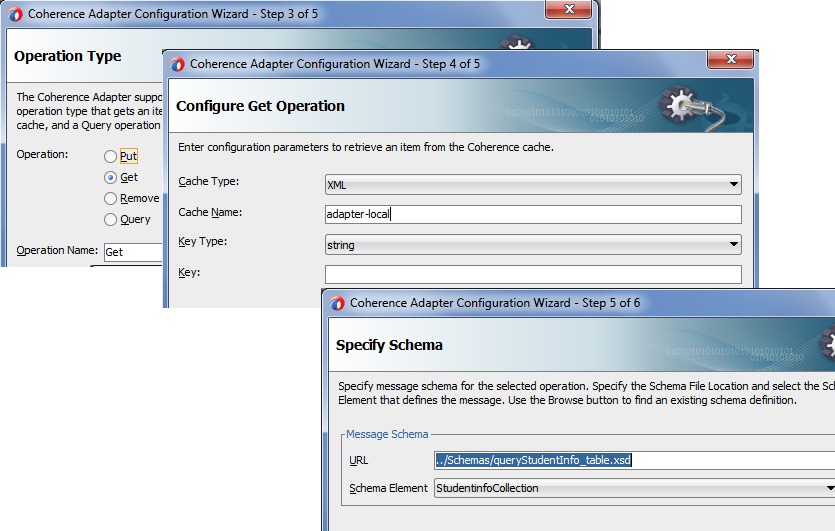

The default cache configuration file ( mfes-cache-config.xml) uses well-known addresses. This file can be modified by a text editor to add additional properties such asĬLASSPATH entries or well-known addresses. Mfescache.cfg defines the Java Virtual Machine environment created byĮnterprise Server to enable it to utilize Coherence clients. See Oracle Coherence documentation for more information on cluster formation and configuration. The cluster name can be configured usingĬoherence.cluster. The Coherence clients and servers can discover each other by multicasting or unicasting using a list of well-known addressesĪnd will attempt to join to form a single cluster using a specified cluster name. The configuration file can be extracted and modified if required. Mfes-cache-config.xml and it is located along the CLASSPATH within the When using the default configuration files, the cluster name must always be configured viaĬoherence.cluster property.

If the cluster name is not configured one is automatically generated based on the OS username running the client or server,įor example, "User's cluster". These are suitable for production use, provided that system properties are configured for items such as the cluster name. %ProgramFiles(x86)%\Micro Focus\Enterprise Developer \etc (Windows) or Mfescache.cfg is also supplied and can be located at %ProgramFiles(x86)%\Micro Focus\Enterprise Developer \bin (Windows) or Micro Focus Enterprise Server support fileĮnterprise Developer, and can be located at Coherence supports near caching in all native clients (Java. High CPU usage when used in a PAC environment.įor more information on Oracle Coherence clickĬoherence.jar, and if you are configuring security you will also require theĬoherence clients and servers are configured using a combination of xml configuration files and Java system properties. Import .cache.Note: Micro Focus recommends that you use either Java 8 with Remote clients or Java 11 with Direct or Remote clients to avoid an issue with

Now let's create our entity class and add the extra annotation to it: Add the required libraries (coherence.jar, toplink-grid.jar and the eclipselink.jar). But until than, you have to stick to the old GF or EclipseLink.Īnyway, lets create a new web project with your favorite IDE (e.g. Seeing the new Oracle GlassFish Server 3.1 having support for ActiveCache, I expect this to be fixed with the 3.7 Coherence release. The 2.0.1 returns a Vector, the 2.2.0 simply returns an Object. Go back to GlassFish 3.0.1 / EclipseLink 2.0.1 for this scenario as there is a problem with the CacheKey.getKey() method. There is a single thing, you need to change. Start with the previous blog-post and prepare your environment, if you have not already done so. This approach is called "Grid Cache" in the Coherence documentation.
#Oracle coherence cache tutorial update#
Write operations update the database and, if successfully committed, updated entities are put into Coherence. Newly queried entities are put into Coherence. Non-primary key queries are executed against the database and the results checked against Coherence to avoid object construction costs for cached entities. Primary key queries attempt to get entities first from Coherence and, if unsuccessful, will query the database, updating Coherence with query results.

This is not only an option for local L2 Caches but with additional configured Coherence instances on different nodes, you also get a cluster-wide JPA L2 Cache.Īs with many Caches, this is a read-mostly optimization. Some reasons why it might not be able to pre-loaded include extremely complex queries that exceed the feature set of Coherence Filters, third party database updates that create stale caches, reliance on native SQL queries, stored procedures or triggers, and so on. This approach applies Coherence data grid to JPA applications that rely on database hosted data that cannot be entirely pre-loaded into a Coherence cache.


 0 kommentar(er)
0 kommentar(er)
